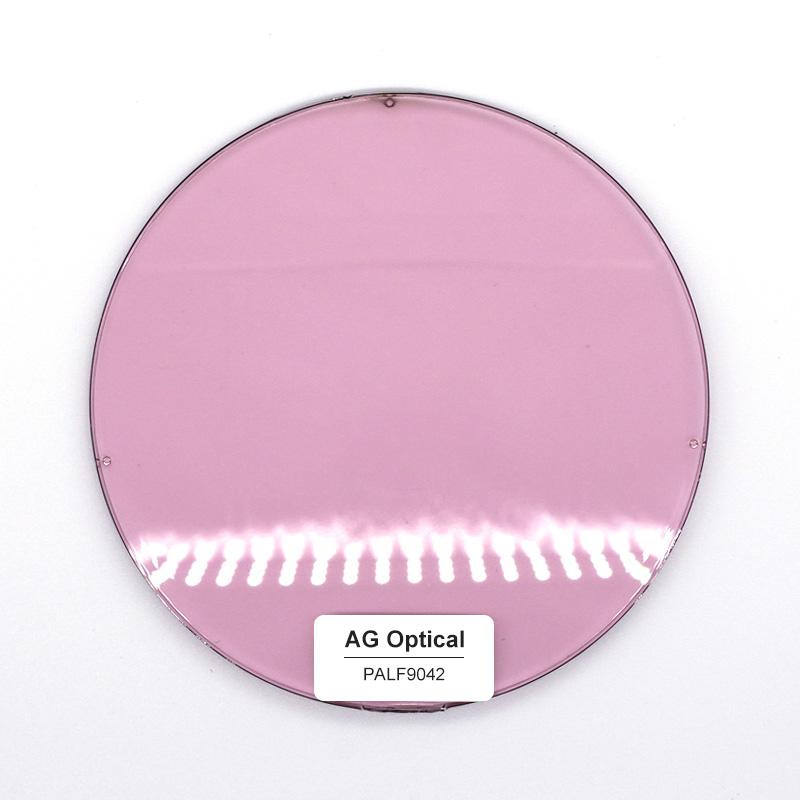What are sunglasses lens categories?
As the sun's rays become increasingly strong during the summer months, sunglasses have become an essential accessory for protecting your eyes from harmful UV rays. With a wide range of lens options available, it can be overwhelming to choose the right pair of sunglasses. This article will provide a comprehensive guide to sunglasses lens categories, their features, and how they impact your vision. By understanding the different types of lenses, you can make an informed decision about which ones are best suited for your individual needs.
Category 1: Polarized Lenses
1.1 Definition and Features:
Polarized lenses are designed to reduce glare by filtering out horizontal light waves that cause reflections on surfaces like water and glass. They are made with a special coating that reflects light in one direction, allowing you to see clearly without any distortion or glare. Polarized lenses also help improve visual contrast and color saturation, making them ideal for outdoor activities like fishing, skiing, and driving.
1.2 Benefits:
* Reduced glare and eye strain
* Improved visual clarity and contrast
* Enhanced color perception
* Better performance in low-light conditions
* Protection against blue light emissions (for those with digital devices)

Category 2: Anti-Reflective Coatings
2.1 Definition and Features:
Anti-reflective coatings are applied to the lenses to reduce the amount of light that is reflected off the surface, creating a brighter, more vivid image. These coatings work by absorbing light instead of reflecting it back into your eyes, reducing glare and improving overall visibility. Some anti-reflective coatings also include UV protection to shield your eyes from harmful UV rays.
2.2 Benefits:
* Reduced glare and eye strain
* Improved visual clarity and contrast
* Enhanced color perception
* Better performance in low-light conditions
* Protection against blue light emissions (for those with digital devices)
* UV protection for added eye health benefits
Category 3: Polycarbonate Lenses
3.1 Definition and Features:
Polycarbonate lenses are a lightweight, durable material that offers excellent impact resistance and scratch resistance. They are highly resistant to breakage and are often used in sports glasses and other high-impact activities. Polycarbonate lenses also have good UV protection, making them a popular choice for outdoor enthusiasts.
3.2 Benefits:
* Impact resistance and scratch resistance
* Good UV protection
* Lightweight and comfortable for extended wear
* Available in a wide range of frame styles and sizes
Category 4: Trivex Lenses
4.1 Definition and Features:
Trivex lenses are a high-quality plastic material that is lighter than polycarbonate lenses but still offers good impact resistance and scratch resistance. They are often used in sports glasses and other high-impact activities due to their durability and affordability. Trivex lenses also have good UV protection, making them an excellent option for those looking for a balance between cost and quality.
4.2 Benefits:
* Lightweight and comfortable for extended wear
* Good UV protection
* Impact resistance and scratch resistance
* Affordability compared to polycarbonate lenses
Category 5: Glass Lenses
5.1 Definition and Features:
Glass lenses are made from a single piece of glass and offer excellent clarity, sharpness, and color accuracy. They are known for their high-quality construction and durability, making them a popular choice for prescription glasses. Glass lenses are also available in a variety of tints and coatings to suit your individual preferences and needs. However, they do not offer any UV protection, so it is important to consider additional measures such as wearing sunglasses when exposed to sunlight
